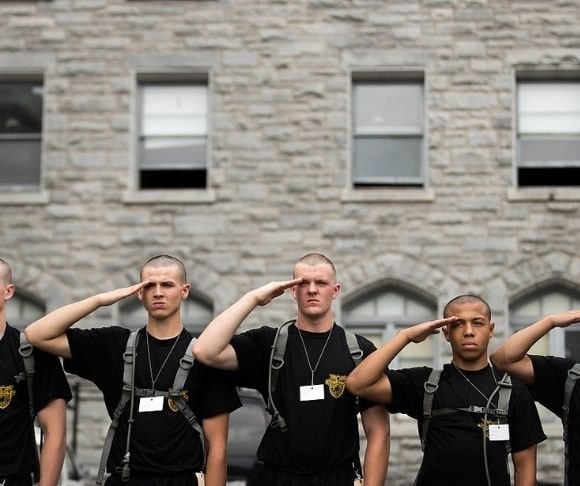When the Defense Department chooses criteria for recruiting service members to further a social justice agenda, overall mission accomplishment suffers. If the primary barometer for whether a person is fit for serving in the US armed forces is not merit, looking for the best recruits then, on some level, is destined to produce substandard warfighting performance. In his article for Task & Purpose, Buchanan Waller makes a compelling case for what happens when attempting to solve social ills using military service as the remedy.
Project 100,000 was just such an initiative. Former Secretary of Defense Robert McNamara opened the recruiting standards window to draftees otherwise ineligible. In the War History Online explanation of the program, guest author Clare Fitzgerald said:
“The idea was made to appear as if it were a way of lifting disadvantaged youth out of poverty, and not once did McNamara mention combat duty. He argued that, just because these men had failed certain subjects in high school, it didn’t mean they couldn’t succeed in the military, as it was ‘the world’s greatest educator of skilled manpower.’ He believed this could be accomplished via videotaped lessons.”
 What makes Project 100,000 germane today is that the Department of Defense is now repeating its mistake from the 1960s and early 1970s. The military leadership believes one gender, a group with un-defined gender, a particular race group, or a group with a unique sexual proclivity are not equally represented in the military.
What makes Project 100,000 germane today is that the Department of Defense is now repeating its mistake from the 1960s and early 1970s. The military leadership believes one gender, a group with un-defined gender, a particular race group, or a group with a unique sexual proclivity are not equally represented in the military.
Consequently, mission effectiveness should be suborned to that end to achieve equality among these groups. McNamara posited that men who were poor, had learning disabilities, or were disadvantaged in society would be lifted to some level of parity with their contemporaries. He reasoned that because the military taught unique combat skills to a level of proficiency not generally called for in the civilian community, the same education capability would suffice to bring disadvantaged recruits up to a warfighting standard. Mission effectiveness was not the primary goal.
To be fair, Waller’s theme was that drafting those least likely to receive a college deferment because they were poor or not mentally capable of filling out the military ranks was “shameful.” Of course, circumstances today are different than during the war in Vietnam. There is no draft, and military service is voluntary. However, there are stark similarities from the perspective of replacing the capability to meet a standard for successfully serving in the US armed forces with criteria having nothing to do with excellence in meeting the military mission.
The Defense Department published the “Department of Defense Diversity and Inclusion Strategic Plan” in 2012, costing the American taxpayer $570,000, and it’s still operative. “Diversity is a strategic imperative, critical to mission readiness and accomplishment, and a leadership requirement,” the plan states in its “Case for Action.” However, the strategic statement does not clarify just how the emphasis on diversity, equity, and inclusion makes meeting and beating threats like Russia, China, Iran, or North Korea more likely. Improving our chances of defeating an enemy must be the primary goal of a Defense Department dedicated to national security.

(Photo by Drew Angerer/Getty Images)
Providing an equal opportunity for every person in America to serve the country is fundamental to our core values. An outcome of having the opportunity is the expectation those who volunteer to take advantage of the opportunity can meet the criteria for building the most effective fighting force. The “Department of Defense Diversity, Equity, and Inclusion Statement” talks about being “steadfast in our commitment to promote an environment free from barriers that may prevent personnel from realizing their potential and rising to the highest levels of responsibility within the Department.”
No one could deny those are lofty goals – but they are more appropriate for Apple, Northrop Grumman, or Hewlett Packard, where the employees’ lives and the lives of coworkers don’t hang in the balance on individual skills and competence to defeat a highly motivated enemy. If building an infantry division, finding and recruiting the best fit, capable infantry soldiers should be the goal. If achieving a cybersecurity capability impervious to an enemy’s attack is the objective, then seeking and hiring the finest computer-literate workforce possible is the goal. The Military Departments must recruit to a mission accomplishment standard. Anything less imperils the future of national security.
The views expressed are those of the author and not of any other affiliation.




